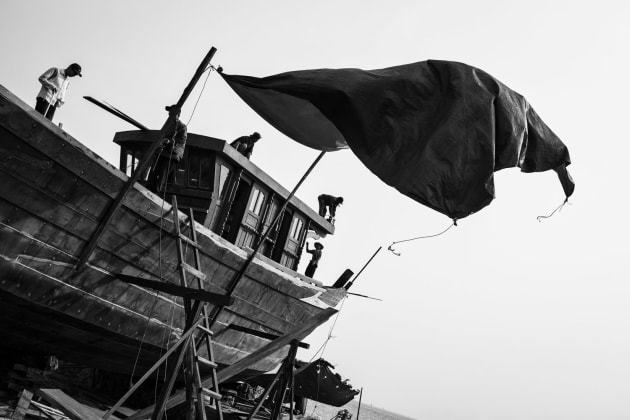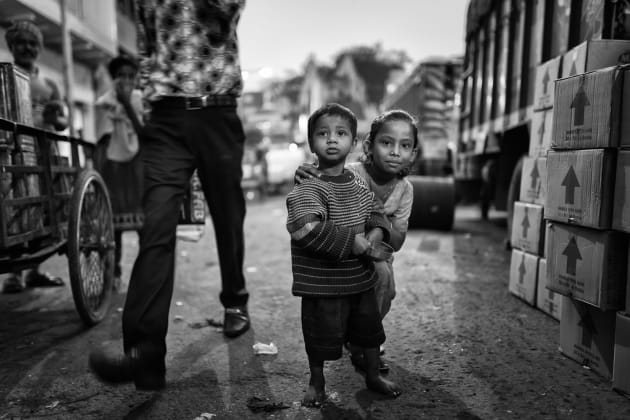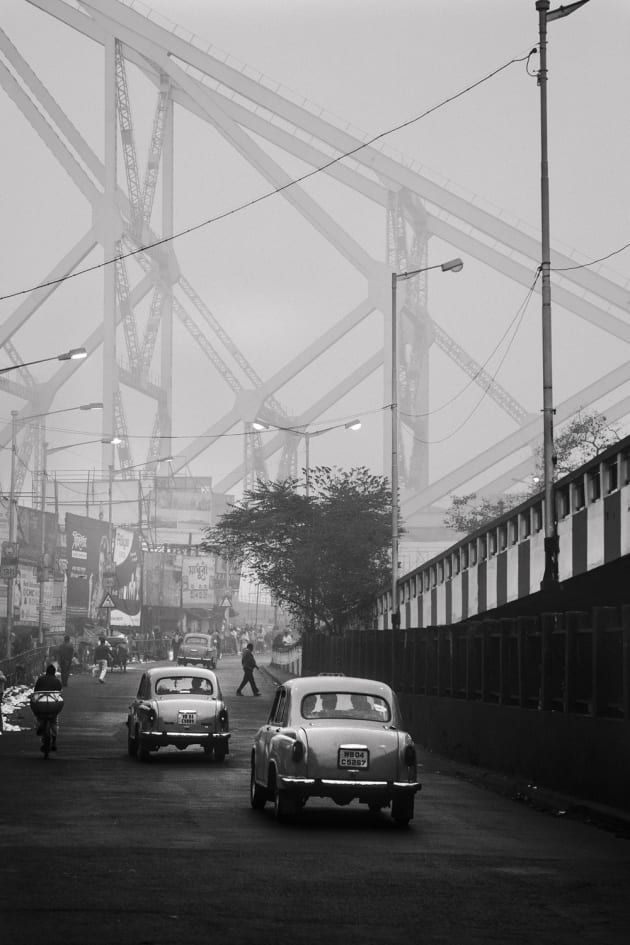7 tips for better black and white photos
In our photo tip of the week, photographer Drew Hopper shares his advice for better black and white photos.
The very first photographs were once all shot in black and white. This dates back to 1839, after Mr. Daguerre discovered a method to fix an image captured inside the camera obscura – he called this the Daguerreotype. If you want your images to evoke a response and standout in monochrome you’ll need to put some thought into your shots. Here are my seven tips for mastering the art of black and white photography, or at least learning to see what works and what doesn’t in monochrome.

1) Learn to see in monochrome
The key to successful black and white photography is learning to see in monochrome. This means pre-visualising your images before taking the shot. Not all images will work in black and white, some images rely on colour for impact, and therefore they may not be as powerful in black and white. For example, in colour photography we tend to compose images around elements of colour, often working with complimentary colours to build a strong visual statement. However in black and white photography, most colours have the same brightness and/or tone, so the image will appear dull and flat. Removing colour from our vision will bring out the hidden details, textures, and shapes.

2) Work with shapes, patterns and textures
Once you start to see beyond the colour palette of a scene, you’ll begin noticing other elements such as shapes, patterns and various textures to build a compelling composition. For me, black and white photography is very similar to street photography, where you have an open canvas and must deconstruct and/or exclude certain parts of a scene to compose the strongest possible image. Keep an eye out for interesting juxtapositions and striking repetitions that could be used to grab your viewer’s attention.

3) Think about tonal contrast
Tonal contrast is important in all types of photography, however it becomes more apparent when you start shooting in black and white. The tonality of an image is what gives a photograph atmosphere and mood. Some images are dark and punchy with distinctive definition of contrast, while other images may be more subdued and softer in appearance. To capture stronger monochrome images it’s essential that you understand tonality and how to use it. The easiest way understand tonal contrast is by categorising into three simple categories: high, medium and low. An image with high tonal contrast will consist primarily of white and black. Medium tonality is a balance of all three, while low tonal contrast is when an image looks more washed out, usually just with grey tones.


4) Use light effectively
Lighting is the single most important element in any image. Different lighting will give your pictures different moods. When colour is removed, the quality and efficacy of the lighting is dramatically transformed. Harsh light tends to be more effective, creating dynamic tones in shadow areas, and giving a monochrome image a more edgy and contrasted aesthetic. Soft and/or subdued light has an opposite effect, often producing a dull or flat look. Shooting during the middle of the day when the light is sharp can give some great monochrome images. The secret is to make sure that light is suitable for your subject. Go out at different times of the day and see how the light falls on your subjects.

5) Experiment with High-key and Low-key
You’ve probably heard photographers mention the term ‘high-key’ or ‘low-key’, but what does this mean? High-key refers to images that are typically brighter with a light range of tones, often a lot of whites with very few black or mid-tones. Low-key images focus on the shadows, true blacks and darker tones, with very few white tones. These images are often more moody with deep contrasts.
Using high or low key can be an effective way of capturing a scene in black and white, as we are using the tones to bring out certain elements within a scene. It’s best to experiment to grasp what kind of subjects work best under different lighting.

6) Discover the relationship between your subjects
Once you see start seeing the world in black and white you will begin to recognise the importance of composition, without the distraction of colour within a scene. You may have a strong foreground element, but the background is distracting due to a certain colour that is weakening your narrative. When colour is stripped from a scene the focus becomes solely about the relationship between the subject and the rest of the scene. No longer will you have to contend to uncomplimentary colours and hues; instead you’ll be drawn to the structure of how to compose an image with the key elements.

7) Visions of the past
Black and white photography definitely has a timeless quality, which can often provoke an entirely different emotion and response from your viewers. When we view a photograph we are viewing the past, but when we shoot in monochrome it has the power to freeze the present moment and transpire us into history.
I took an image in 2016, in Kolkata, India. The old Classic Ambassadors are an icon of the past, however when I converted to monochrome it took on a whole other level. It could have well worked in colour, but in black and white it really encapsulates life before the present. When you start to envision your subjects, think how you want your audience to respond or feel, as this will help envision a shot and give your images a quality that you may have never imagined. ❂

About Drew
Drew Hopper is a travel and landscape photographer based in Australia, specialising in the Asia-Pacific region. See more of his images at drewhopperphotography.com


